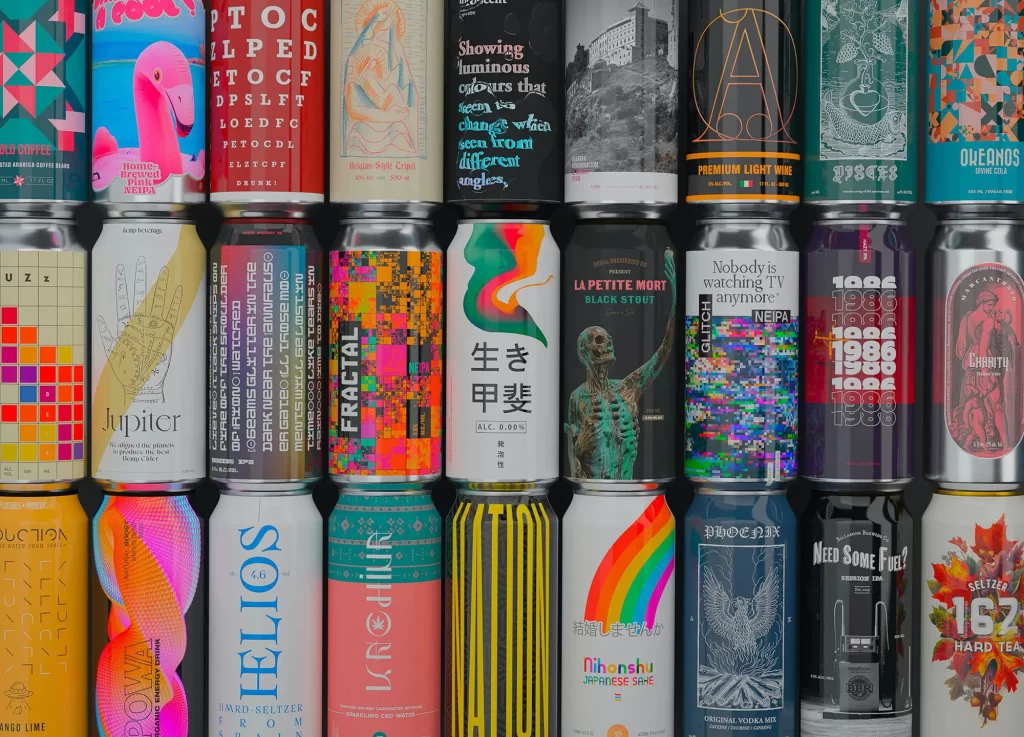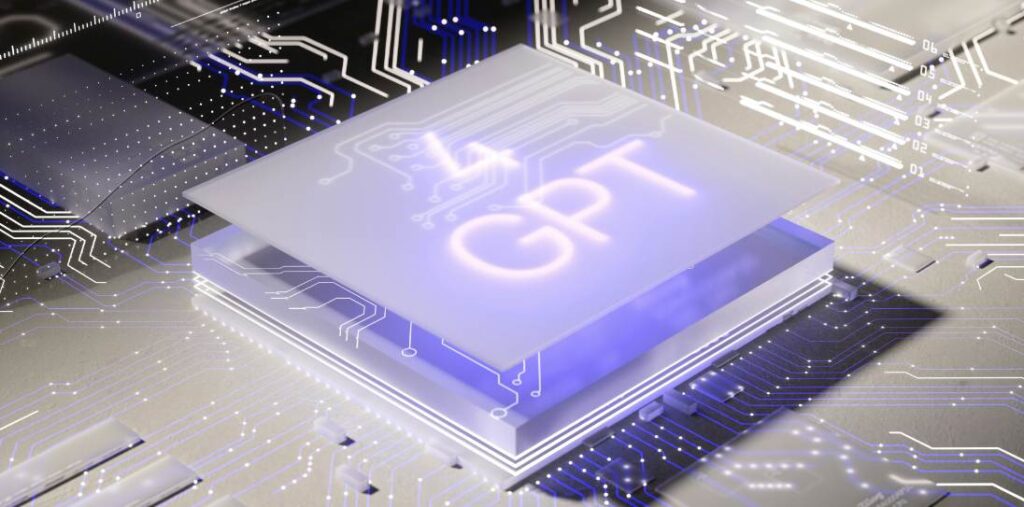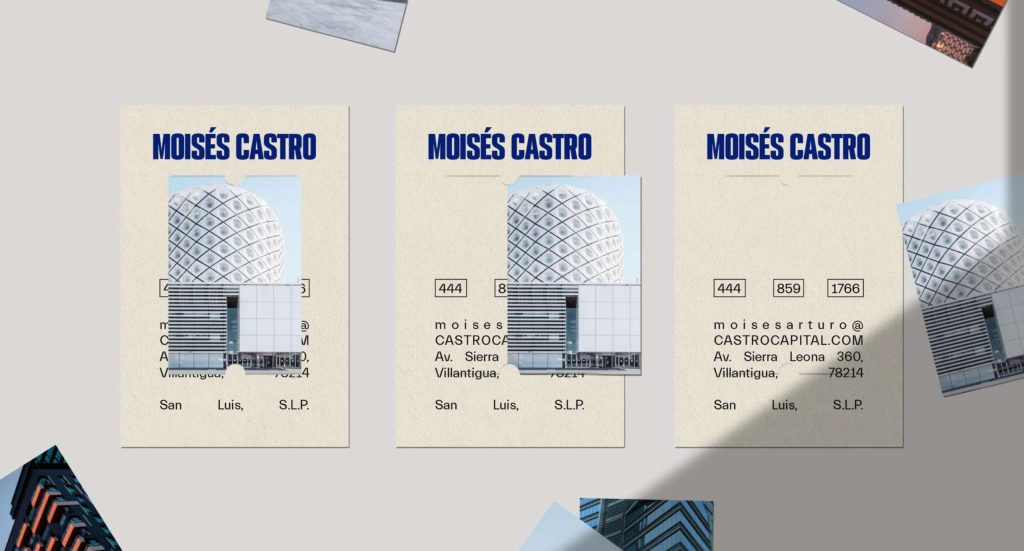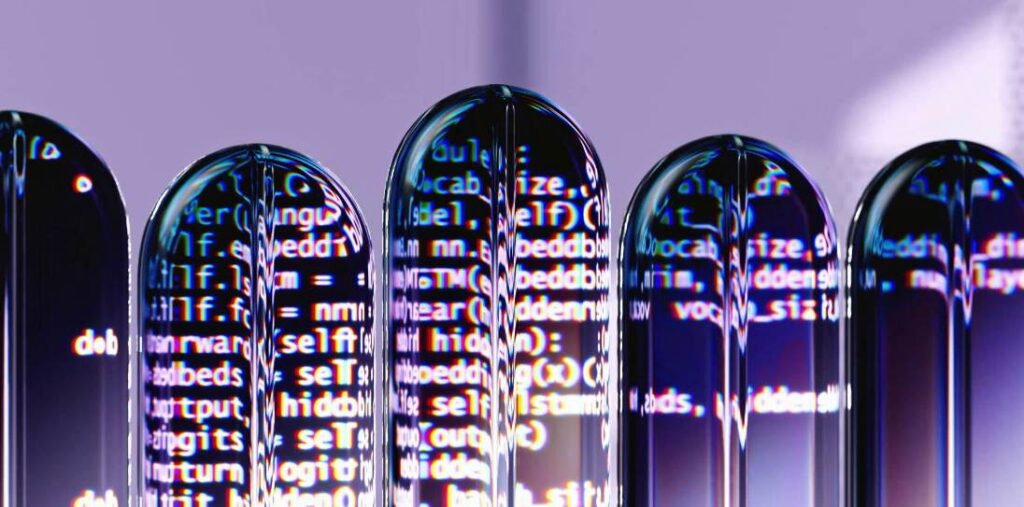Artificial Intelligence (AI) continues to rapidly evolve, shaping various sectors by introducing intelligent systems that enhance functionality and efficiency. Recent advancements showcase notable applications of AI in product design and infrastructure, particularly with developments in intelligent intersections. This article will delve into these trends, emphasizing AI’s transformative potential while incorporating its intersection with programming languages like PHP (Hypertext Preprocessor).
Artificial Intelligence (AI) is revolutionizing various sectors, and one of the most significant applications is in product design. Traditional product design often involved a lengthy, iterative process where designers would create prototypes, gather feedback, and refine their designs repeatedly. AI is streamlining this process by providing tools that enable designers to generate and evaluate product concepts efficiently.
A notable advancement in AI for product design is the rise of generative design software, powered by machine learning algorithms. These tools allow designers to input their design goals and constraints, after which the AI system generates numerous design alternatives. Each design can be tested for performance, manufacturability, and aesthetic appeal without the need for extensive human intervention. This capability has the potential to drastically reduce development timelines and lead to more innovative solutions.
One striking example is Autodesk’s Fusion 360, which incorporates AI-driven generative design capabilities. Designers can create complex structures optimized for strength and weight while adhering to specific production methods. These solutions are particularly beneficial in industries such as aerospace, automotive, and consumer electronics, where efficiency and innovation are critical.
Moreover, AI simplifies the process of material selection. Various AI algorithms can analyze data on material properties and suggest the optimal materials for a given design, enhancing sustainability by reducing waste and energy consumption. This AI-enhanced design approach aligns with manufacturers’ increasing focus on environmentally friendly practices.
AI’s influence extends beyond product design and into the realm of intelligent intersections, representing a fascinating convergence of AI, urban planning, and transportation technology. In an era of growing urban populations, cities are grappling with congestion, pollution, and safety challenges on their roads. Intelligent intersections are emerging as a solution, integrating AI-powered traffic management systems to improve traffic flow, reduce accidents, and minimize environmental impacts.
Intelligent intersections utilize a combination of AI technologies, including computer vision, machine learning, and IoT (Internet of Things) sensors. These systems gather real-time data on traffic patterns, pedestrian movements, and environmental conditions to optimize traffic light timings and improve roadway safety for all users. By analyzing historical data and identifying patterns, AI can predict traffic congestion and adjust signals accordingly, enhancing overall mobility.
One implementation of this technology is the city of Pittsburgh, Pennsylvania, which has embarked on an intelligent transportation initiative. By leveraging AI, the city aims to transform its traffic management system to become more responsive to real-time conditions. This has resulted in a pilot program where traffic signals automatically adjust to accommodate fluctuating traffic volumes and pedestrian activity. Initial reports indicate a significant reduction in waiting times and increased safety for pedestrians.
Additionally, police and emergency services can benefit from intelligent intersections. In emergencies, the system can prioritize traffic flow for emergency vehicles while ensuring pedestrian safety. This rapid response capability can be a critical factor in saving lives.
The integration of AI in both product design and intelligent intersection management highlights the growing synergy between technology, safety, and sustainability. However, these advancements also raise ethical and privacy concerns. Data collection and management for intelligent intersections, in particular, necessitate strict protocols to ensure user privacy. Urban planners and technologists must balance the benefits of analytics with individuals’ rights for optimal implementation.
Another critical area of interest in AI development is the relationship with programming languages like PHP. While PHP is traditionally known as a server-side scripting language for web development, its utility is expanding into AI and machine learning applications. PHP frameworks and libraries have been developed to enable the implementation of machine learning algorithms for web applications.
For instance, several PHP packages such as PHP-ML (PHP Machine Learning) provide developers with a broad range of machine learning algorithms, including classification, regression, and clustering. This democratization of AI technology allows web developers to integrate machine learning capabilities, thereby enriching user experiences and introducing AI-driven insights into the applications.
Moreover, PHP’s versatility means that it can be effectively combined with AI models developed in languages like Python and R. By incorporating RESTful APIs, developers can create seamless interactions between AI models and PHP-based applications. This interoperability empowers businesses to deploy predictive analytics, recommendation systems, and automated tasks without needing to overhaul existing infrastructures.
Despite its relatively slower performance compared to other programming languages explicitly designed for AI, PHP’s ease of integration and extensive community support is appealing for many developers. Moreover, as AI continues to gain traction in e-commerce, customer service, and content management systems, leveraging PHP for AI-driven applications is poised to become increasingly relevant.
As we look ahead, the future of AI promises further innovation. The combination of AI in product design and intelligent infrastructure will likely continue to empower industries to overcome challenges and embrace efficiencies previously deemed unattainable. These applications align with a broader shift toward incorporating intelligent technology into everyday life, enhancing user experiences while addressing systemic issues such as congestion and product sustainability.
Nonetheless, as AI transforms these sectors, regulatory agencies and technologists must collaborate to ensure the ethical implementation of AI solutions. Establishing guidelines and standards is essential to mitigate potential risks, particularly where data privacy and surveillance practices are concerned.
In conclusion, AI’s influence is becoming more profound and far-reaching within product design and urban infrastructure. The advancement of generative design software, intelligent intersections, and the evolving role of programming languages such as PHP underline a critical shift toward intelligent solutions. As the development landscape shifts, embracing these changes while maintaining a focus on ethical considerations and user rights will be vital. The intersection of AI with traditional sectors signifies a promising horizon, bursting with opportunities that lie ahead.
—
### Sources:
1. Autodesk. (2023). Fusion 360 – Generative Design. [autodesk.com](https://www.autodesk.com/products/fusion-360/overview)
2. City of Pittsburgh. (2023). Intelligent Transportation Initiative. [pittsburghpa.gov](https://pittsburghpa.gov/transportation/intelligent-transportation)
3. PHP-ML Documentation. (2023). PHP-ML: Machine Learning library for PHP. [php-ai.github.io](https://php-ai.github.io/php-ml/)




























